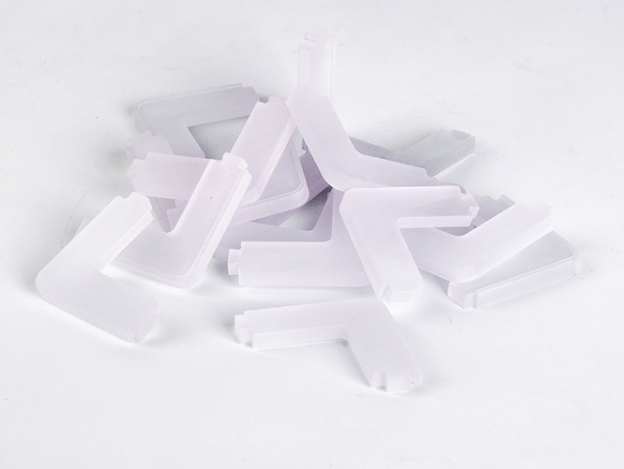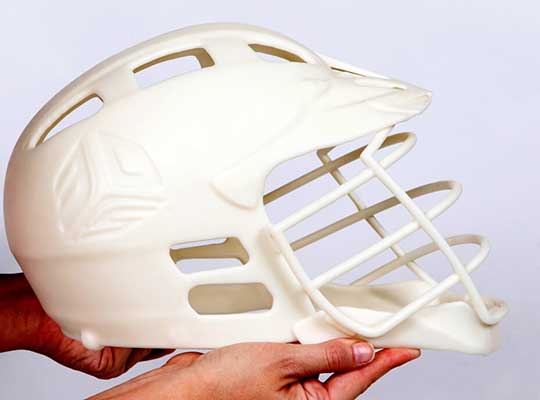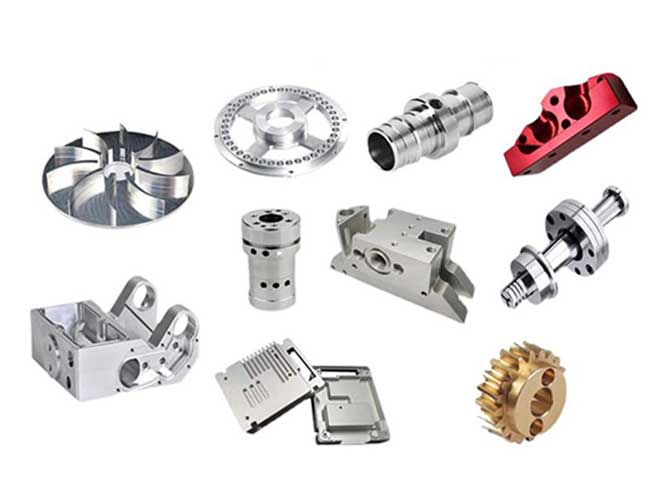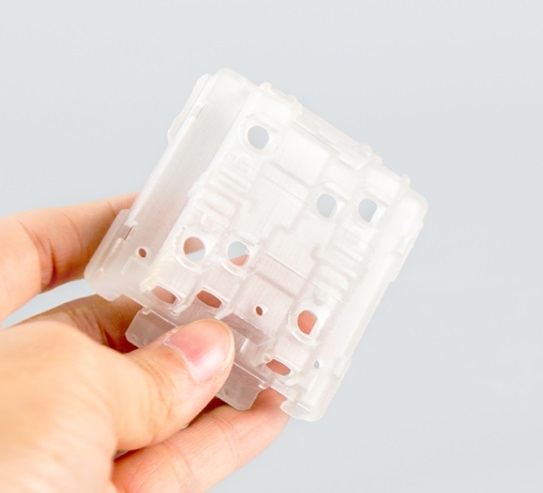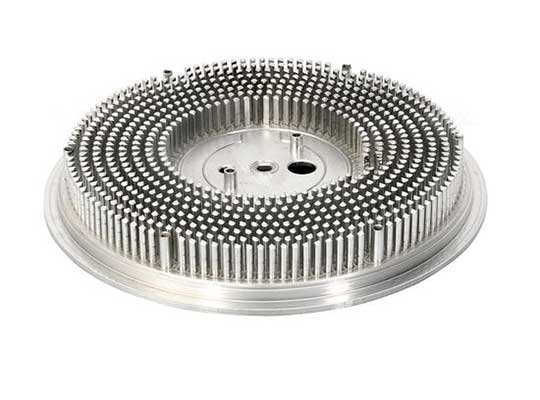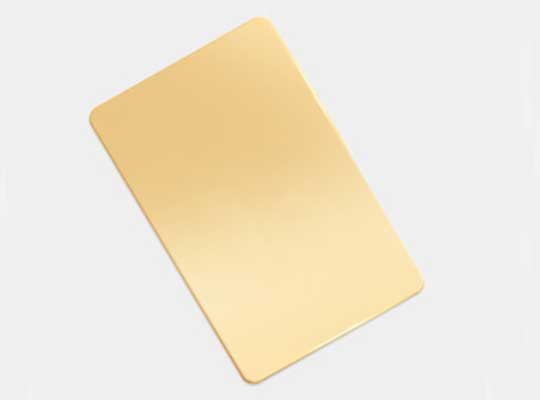Thermo moldable plastic has revolutionized modern manufacturing, offering unparalleled flexibility in creating custom components for diverse industries. From automotive parts to medical devices, these materials enable precise, cost-effective production of complex geometries that meet strict performance standards. このガイドで, we’ll explore what thermo moldable plastic is, its manufacturing processes, 材料オプション, 利点, and how industry leaders like Xometry and Central Plastics leverage it to deliver high-quality solutions.
What Is Thermo Moldable Plastic?
Thermo moldable plastic refers to polymeric materials that can be shaped into specific forms using heat and pressure, retaining their new shape once cooled. Unlike thermosetting plastics, which permanently harden after initial molding, thermo moldable plastics (thermoplastics) can be reheated and reshaped multiple times, making them ideal for both prototyping and large-scale production. This versatility has made them a cornerstone of industries ranging from aerospace to consumer electronics.
Key characteristics of thermo moldable plastics include:
- Heat responsiveness: Soften when heated, harden when cooled
- Reusability: Can be recycled and reshaped without significant property loss
- Diverse material options: Each type offers unique properties (強さ, 耐薬品性, 等)
- Design flexibility: Accommodates intricate details and complex geometries
Popular Thermo Moldable Plastic Materials
Choosing the right thermo moldable plastic depends on application requirements like strength, temperature resistance, コスト. Below are the most widely used materials, along with their properties and common uses:
| 材料 | キープロパティ | Typical Applications | Industry Use Cases |
|---|---|---|---|
| HDPE | 高強度と重量の比率, 耐衝撃性 | Milk jugs, pipes, cutting boards | Packaging, construction |
| ポリプロピレン (pp) | Chemical resistance, food safety, 耐熱性 | Automotive bumpers, syringes, disposable cutlery | Medical, 自動車, 消費財 |
| PVC | Chemical resistance, electrical insulation | Plumbing pipes, electrical conduits | Construction, electrical |
| 腹筋 | Impact resistance, smooth surface finish | Electronic housings, おもちゃ, kitchen appliances | Consumer electronics, 自動車 |
| 酢酸 (ポン) | Low friction, dimensional stability | ギア, ベアリング, ブッシング | Engineering, 産業機械 |
| ナイロン 6/66 | Tensile strength, abrasion resistance | 自動車コンポーネント, textiles | 自動車, industrial |
| ポリカーボネート | Optical clarity, 耐衝撃性 | Eyewear lenses, 医療機器, 自動車部品 | Medical, 航空宇宙, 家電 |
ポリプロピレン (pp) stands out for its versatility, with a melting point of 160–170°C, making it suitable for high-temperature applications like microwave-safe containers.ポリカーボネート, 一方で, offers exceptional transparency and impact resistance, making it ideal for safety goggles and automotive lighting.
Thermo Moldable Plastic Manufacturing Processes
Thermo moldable plastics are shaped using specialized processes tailored to part design, volume, and material type. Below are the most common methods employed by manufacturers like Xometry and Central Plastics:
1. Plastic Injection Molding
Injection molding is the gold standard for high-volume production of thermo moldable plastic parts. The process involves:
- Heating plastic pellets until molten
- Injecting the molten plastic into a precision mold under high pressure
- Cooling and solidifying the plastic within the mold
- Ejecting the finished part
利点:
- High production speed (hundreds to thousands of parts per hour)
- Exceptional accuracy (tolerances as tight as ±0.005 inches)
- Cost efficiency for large volumes due to economies of scale
Best for: Complex parts with consistent dimensions, such as automotive components and electronic housings.
2. Blow Molding
Blow molding specializes in creating hollow thermo moldable plastic products. The steps include:
- Extruding a hollow plastic tube (parison)
- Clamping the parison into a mold and inflating it with air
- Cooling the plastic to match the mold’s shape
利点:
- Ideal for lightweight, hollow items like bottles and containers
- Cost-effective for large-scale production
Best for: Packaging, 消費財, and fluid storage solutions.
3. Plastic Extrusion
Extrusion produces continuous thermo moldable plastic profiles with uniform cross-sections. The process works as:
- Melting plastic resin and forcing it through a die
- Cooling the extruded profile with water or air
- Cutting the continuous length into desired sizes
利点:
- Efficient production of long, uniform parts
- Versatility in creating shapes like pipes, tubing, and seals
Best for: Construction (pipes), 自動車 (weatherstripping), and industrial gaskets.
4. Thermoforming
Thermoforming uses heat and vacuum pressure to shape thermo moldable plastic sheets into 3D parts. Key steps:
- Heating a plastic sheet until pliable
- Draining air between the sheet and mold to form the shape
- Cooling and trimming the part
利点:
- Lower tooling costs compared to injection molding
- Fast turnaround for prototyping and small batches
Best for: Packaging trays, 看板, and medical device enclosures.
Advantages of Using Thermo Moldable Plastic
Thermo moldable plastic offers compelling benefits for manufacturers and end-users alike:
- Bespoke Solutions: Custom parts tailored to exact specifications, eliminating the need to adapt designs to off-the-shelf components.
- Cost Efficiency: Automation reduces labor costs, and high-volume processes like injection molding lower per-unit expenses.
- Reduced Lead Times: Streamlined processes and rapid prototyping (via 3D printing or urethane casting) accelerate time-to-market.
- Wear Resistance: Materials like acetal and nylon can be engineered for durability, extending part lifespans and reducing replacements.
- High Accuracy & Repeatability: Processes like injection molding ensure consistent quality across production runs, critical for industries like aerospace and medical.
- Sustainability: Scrap materials can be recycled and reused, minimizing waste and lowering environmental impact.
Challenges and How to Overcome Them
While thermo moldable plastic offers numerous advantages, it’s important to address potential challenges:
1. High Initial Setup Costs
Mold tooling for processes like injection molding requires upfront investment.解決: Partner with manufacturers offering prototyping services to test designs before committing to full-scale tooling. Xometry, 例えば, provides T1 samples to validate functionality and quality.
2. Longer Lead Times for Custom Projects
Prototyping and tooling can extend timelines.解決: Use rapid prototyping methods like 3D printing to iterate designs quickly, reducing tooling revisions later.
3. Design Limitations
Complex geometries may require design adjustments for manufacturability.解決: Collaborate with engineering teams early to optimize designs for the chosen molding process, ensuring feasibility and cost efficiency.
Industries Leveraging Thermo Moldable Plastic
Thermo moldable plastic plays a critical role in diverse sectors, enabling innovation and reliability:
- 自動車: Interior trims, ダッシュボードコンポーネント, and engine parts benefit from thermo moldable plastics’ strength and heat resistance.
- 航空宇宙: 軽量, high-precision parts for aircraft interiors and avionics rely on materials like polycarbonate and nylon.
- Medical: Sterile, chemical-resistant components (syringes, diagnostic tools) use PP and ABS for safety and durability.
- 家電: Sleek, impact-resistant housings for smartphones and laptops leverage ABS and polycarbonate for aesthetics and protection.
Quality Assurance in Thermo Moldable Plastic Manufacturing
Ensuring consistent quality is paramount when working with thermo moldable plastic. Leading manufacturers maintain strict standards through:
- ISO Certifications: Xometry holds ISO 9001:2015 (general quality), ISO 13485 (医学), and AS9100D (航空宇宙) certifications.
- Rigorous Testing: Material testing (tensile strength, 耐薬品性) and final part inspection verify compliance with specifications.
- Advanced Facilities: State-of-the-art equipment ensures precision in molding, extrusion, and machining processes.
Yigu Technologyの視点
Thermo moldable plastic drives innovation by balancing design freedom and performance. Yiguテクノロジーで, we believe its adaptability—from prototyping to mass production—empowers industries to solve complex challenges. By partnering with trusted manufacturers, businesses can leverage these materials to create durable, cost-effective products that meet evolving market demands.
よくある質問
- What’s the difference between thermo moldable plastic and thermosetting plastic?
Thermo moldable plastics (thermoplastics) soften when heated and can be reshaped, while thermosetting plastics harden permanently after initial curing and cannot be remolded. - Which thermo moldable plastic is best for outdoor applications?
HDPE and polypropylene are ideal for outdoor use due to their weather resistance and durability. - How can I reduce tooling costs for thermo moldable plastic parts?
Start with prototyping (例えば。, 3D印刷) to refine designs, and choose thermoforming for small batches to minimize initial tooling expenses.
